Siemens Data and telecommunication

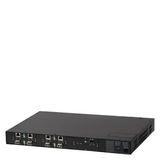


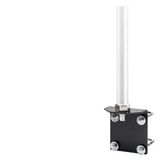
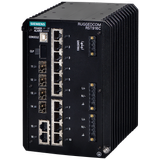
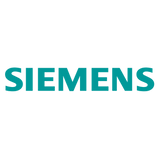







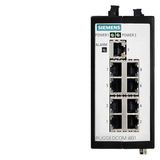
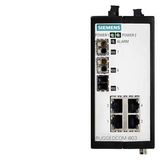
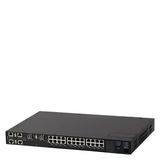


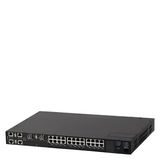

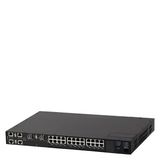

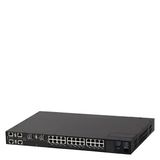
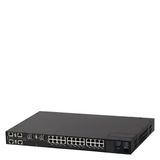

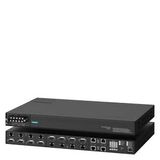
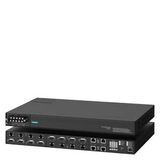
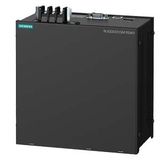
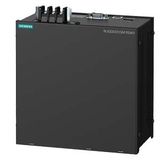

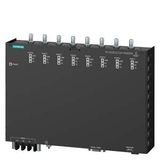



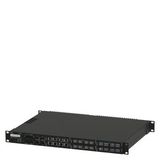
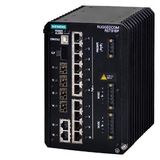
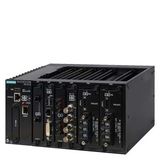
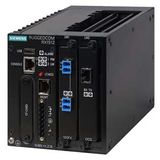

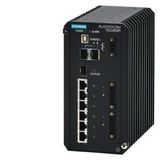

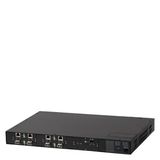

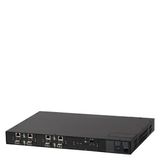
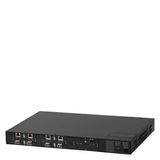

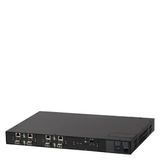
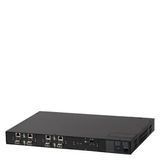
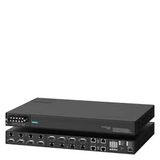


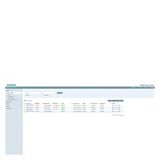




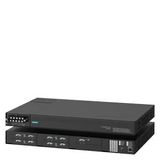


siemens data and telecommunication overview for buildings and industry
Siemens portfolio spans copper, fiber, and active interfaces that tie floors, plants, and OT cells into one resilient backbone. Architectures range from small floor distributors to campus rings with redundant uplinks and PoE-heavy edge zones. Hardware is designed around predictable termination, clear labeling, and bend-radius control, so drawings translate to fast, low-rework installs.
Product range and series overview
Expect copper channels from Cat6 to Cat6A for 1G/10G access, pre-terminated trunks for fast risers, field-terminable RJ45 for brownfield panels, and industrial connectors with IP67 sealing for machinery. Fiber runs cover OM3/OM4/OM5 multimode for short 10–100G links and OS2 single-mode for long campus spans. Patch frames, angled 1U/2U panels, MPO cassettes, wall boxes, and 19″ racks form the passive core, while inline surge limiters, PoE injectors, and media converters bridge legacy devices during phased upgrades.
siemens structured cabling topology and media
Star topology to each outlet remains the base, with consolidation points where moves/adds/changes are frequent. Permanent links are 90 m with 10 m patching (ISO/IEC 11801-1; EN 50173). Cat6A S/FTP is the practical default in office floors to suppress alien crosstalk under dense PoE. For dusty or wet zones, use M12-X coded or sealed RJ systems and industrial-rated cords meeting MICE classifications (IEC 61784-5-2). Fiber backbones use LC duplex for 1/10G and MPO-12/24 for 40/100G, with polarity and loss budgets documented on the single-line.
Other Siemens products
siemens ethernet systems for control and IT
Edge switches feed PLCs, HMIs, and cameras over 1G copper; aggregation runs at 10G fiber with ring or LACP redundancy. IEEE 802.3af/at/bt power profiles up to 90 W support PTZ cameras, APs, and panel PCs; verify thermal derating in crowded racks. Time-critical cells can adopt Time-Sensitive Networking where motion control and vision share the same wire. For brownfield control panels, Single Pair Ethernet (10BASE-T1L) extends Ethernet to 1000 m on a single balanced pair for sensors and instruments.
siemens network accessories installation details
Angled panels reduce cord bend stress and keep patch fields serviceable. Keystone modules with toolless termination shorten outage windows during tenant works. Cable managers with metal fingers and radius guides prevent crushing near dense PoE bundles. For floor boxes, specify shield bonding kits and identifiable strain relief. Outdoor cabinets add gland plates, insect filters, and heater-stats to keep dew point in check.
Technical specifications and standards
Copper: channel classes EA (Cat6A) for 10GBASE-T, verified to ISO/IEC 11801-1 and IEC 61156; conductor 23–24 AWG solid for permanent link, 26–28 AWG stranded for patching. PoE: 802.3af/at/bt; bundle temperature rise managed per IEC TR 29125—space cords and use higher-temp jackets where loads are continuous.
Fiber: OM3/OM4/OM5 with 850 nm VCSELs for 10/40/100G distances per IEEE tables; OS2 with 1310/1550 nm optics for km-scale runs. Use EN 50173 loss budgets and IEC 14763-3 test methods (Tier 1 OTDR + insertion loss).
Fire and CPR: cable reaction classes Eca–B2ca; choose LSZH for public interiors. EMC: EN 55032/55035; bonding per EN 50310 with equipotential bars. Environment: −20…+60 °C jacket options for plant routes; UV and oil-resistant sheaths for rooftops and workshops. Ingress/impact for connectors/enclosures to IP54–IP67 and IK07–IK10 by location.
Applications and compatibility
Office floors run Cat6A F/UTP to outlet density targets without later re-cabling for Wi-Fi 6/6E APs. Warehouses and production bays rely on armored OS2 to bridge long aisles and dock yards. Control panels use shielded jacks and grounded patch frames to keep VFD noise off data pairs. Where retrofit trays are crowded, pre-terminated trunks with staggered legs avoid splice trays on site. For mixed-use sites, segment guest, corporate, and OT VLANs and publish port roles on the as-builts so moves don’t break QoS or PoE loads.
Integration with other Siemens products
Backbones and spurs interoperate cleanly with Siemens PLCs and industrial switches, and fit the same cabinet ecosystem as SENTRON power gear—DIN depth, gland spacing, and shield clamps line up. SCALANCE-class switches sit beside patch panels; S7/ET 200 cells pick M12 or RJ45 depending on the enclosure. Media converters and SFPs follow published DDMI to enable remote diagnostics; redundant power feeds share UPS rails with alarm I/O so the network stays visible during outages.
Selection criteria for B2B clients
Start with services: how many 1G/10G access ports, which PoE classes, and what uplink headroom. Fix copper class by the longest work area plus patching; default to Cat6A when in doubt. Choose fiber by reach and migration path: OM4 for high-density risers, OS2 for campus and outdoor. Set CPR/fire class from the building spec; confirm halogen-free in escape routes. For OT, match connector style to environment and MICE rating; plan grounding that does not create loops between panel doors and frames. Validate PoE bundle temps and patch-cord gauge before freezing the BOM.
Notes on product naming and scope
Tender lines sometimes group passive parts under siemens telecommunication components while listing media converters and SFPs as siemens data transmission equipment. When documentation refers to the campus backbone or MDF/IDF stacks collectively, it effectively points to siemens network infrastructure—treat that as the umbrella for racks, panels, cables, and aggregation hardware in the price schedule.
Advantages of working with Bankoflamps
We map each outlet count, PoE class, and backbone lane to concrete part numbers, then show real-time EU stock before access windows are booked. Quotes with EAN/MPN usually land near the one-hour mark and include link budgets, CPR classes, and panel fill so scope doesn’t drift on site. Your portal provides current price lists, live lead times, shipment milestones, and purchase-history analytics. Trusted accounts can use post-payment up to 30 days. We consolidate by floor, cabinet, or OT cell to cut freight and site sorting, hold pricing with validity dates aligned to project gates, and support teams in France, the Baltics, Germany, Spain, Italy, Belgium, and the Netherlands—your account manager checks PoE thermal limits, grounding, MPO polarity, and rack depths against your drawings so racks arrive ready to lace.